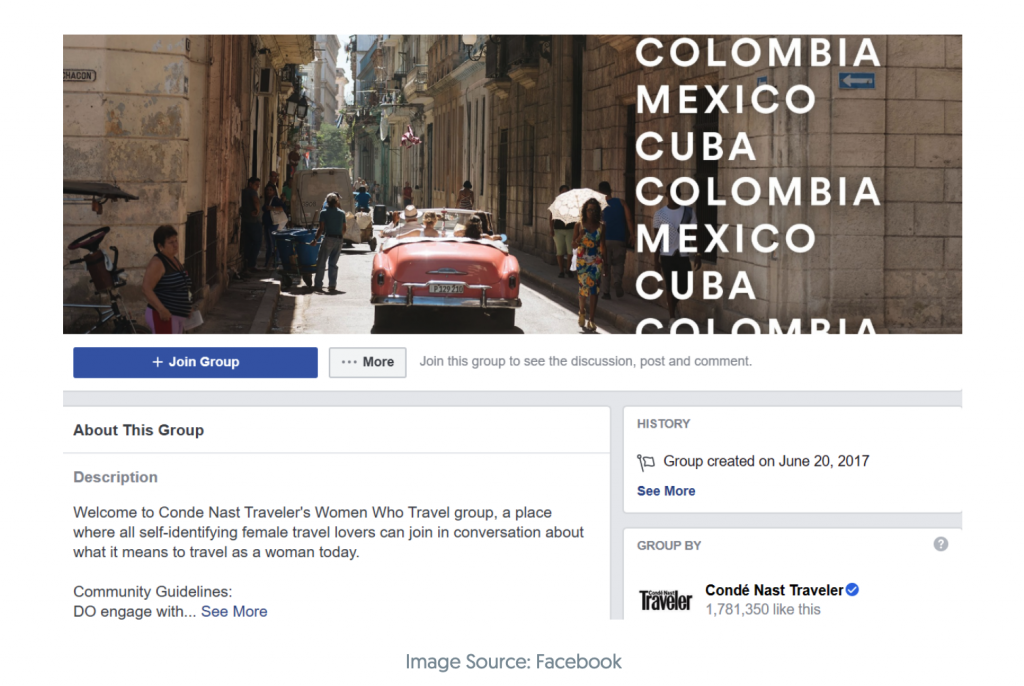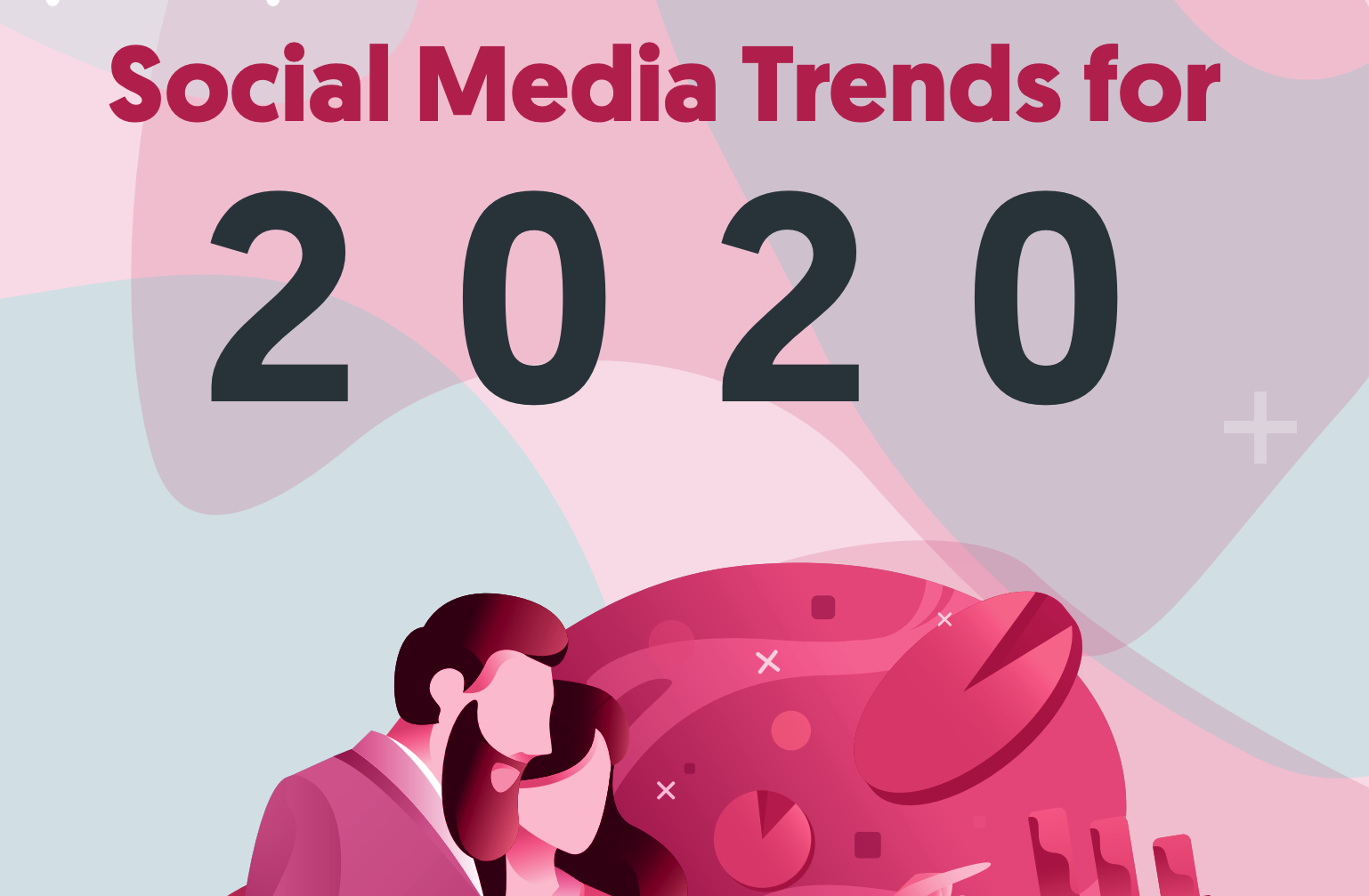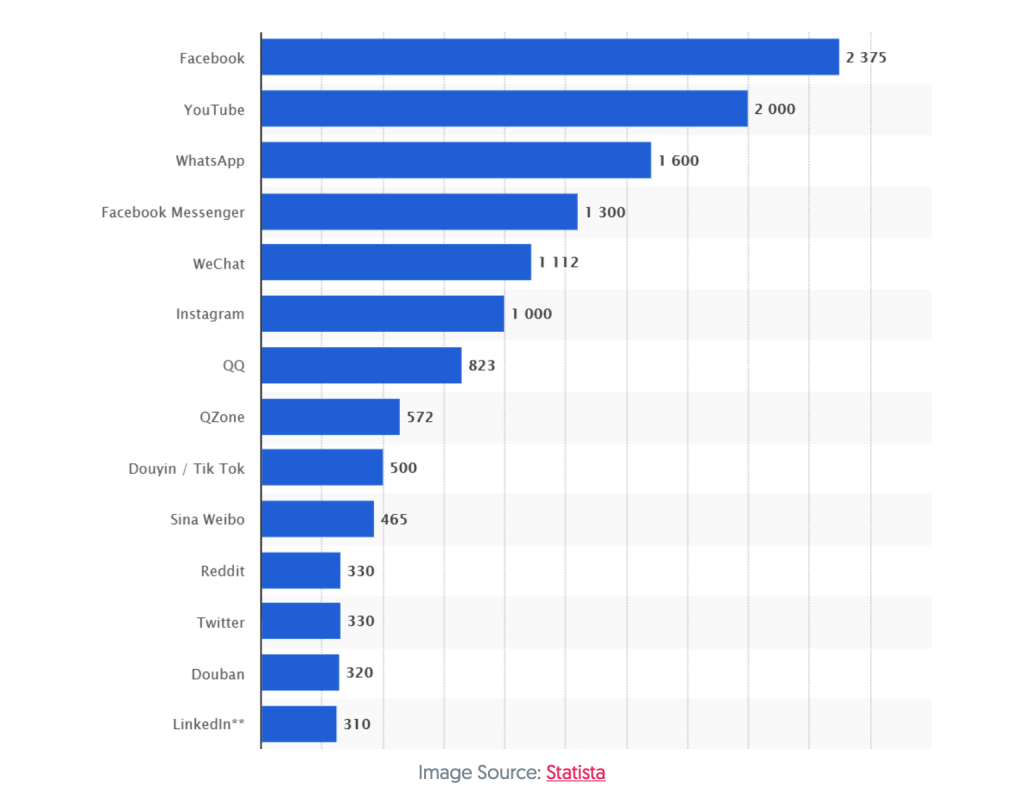As a brand today, it’s really difficult to stand out on social media because of the massive overload of content that is present on these platforms. Brands, both established as well as newcomers have to be really strategic in their approach, in order to connect with their target audience. Influencer Marketing Hub, the leading resource for Influencers and Marketing Professionals has released a guide covering some of the latest trends in social media that can help brands devise effective strategies to reach their target audience.
Ephemeral content will keep gaining popularity
- Ephemeral content is content that is only available only for a short duration and disappears afterward. Instagram and Snapchat Stories are perfect examples of this type of content.
- Due to the short attention spans of people today, content formats like Stories have become really popular. They are short, engaging, and addictive in a way that people can spend hours scrolling through one Story after another.
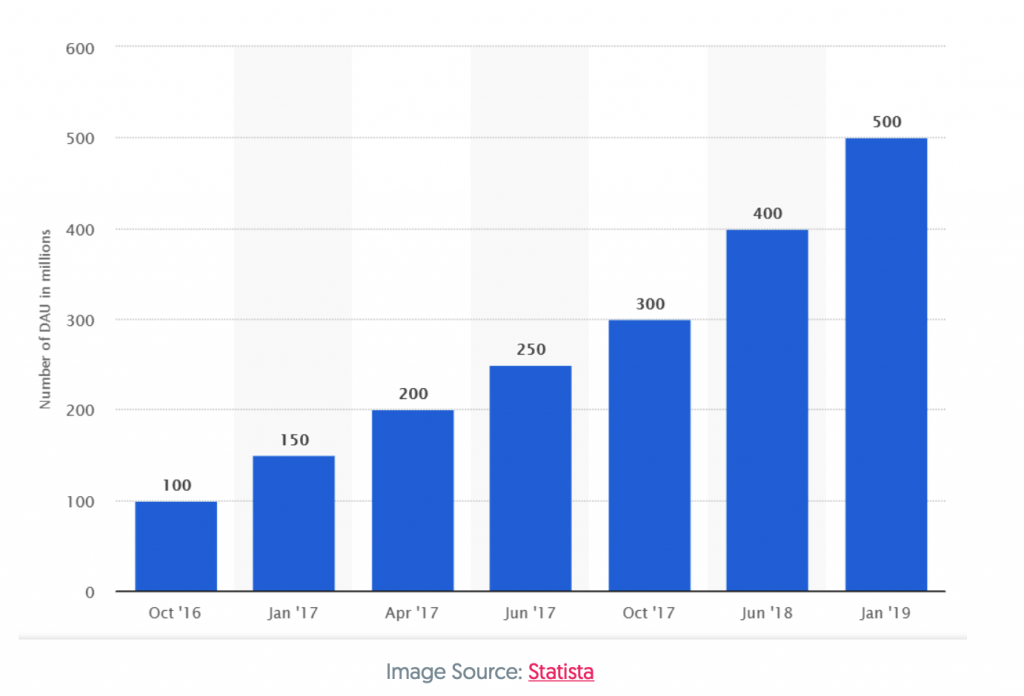
- Marketers have taken notice of this trend and will continue to leverage it to their advantage. According to a recent report by Hootsuite, 64% of marketers either already have incorporated Instagram Stories into their strategies or plan to.
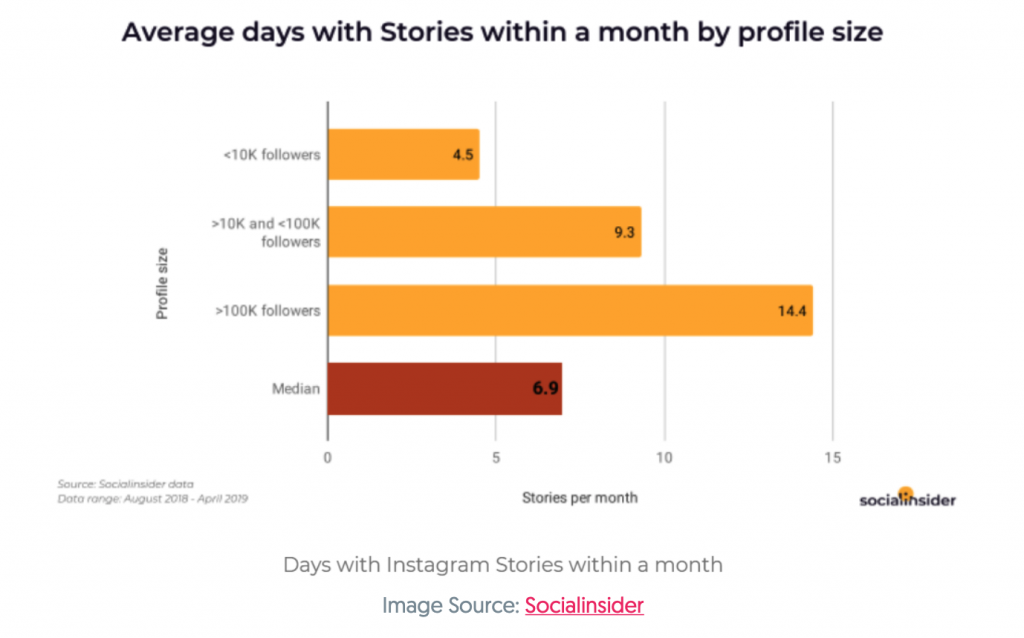
Niche social platforms will perform well
- In recent years, several niche social media platforms have not only emerged but have significantly risen to fame. TikTok, LinkedIn, and Twitch just to name a few.
- There are several such alternative social media platforms that are gaining popularity and will continue doing so in 2020 and beyond.

Instagram may remove likes
- Being one of the largest social media networks, any major changes that occur on this platform will reshape the entire social media landscape. One such major change is the possibility of Instagram removing the likes feature for posts.
- Instagram has recently tested this proposal in a beta test and may soon apply this change globally. The logic that it has provided is that likes determine a person’s social value and waiting for such validation is detrimental to people’s mental health.
- Critics have argued that the move is a way for the platform to put more cash in their pockets. Over the years, brands have moved away from traditional marketing methods like advertising and flocked towards strategies such as influencer marketing.
- If Instagram removes likes then brands won’t be able to measure the direct impact of their campaigns as easily as they do now. This might encourage some brands to invest in Instagram ads as they can easily track the ROI for those. The implementation of such a scenario would also encourage other platforms to follow suit.
Social commerce will expand
- Social commerce has become a new retail avenue for brands and is well on its way to becoming a mainstream retail channel on par with other mediums like websites and offline stores.
- This trend will strengthen further with more and more social networks introducing pro-selling features like shoppable posts.
Video content will dominate
- Whether it is short-form videos like those popular on TikTok or Stories or long-form content on YouTube, videos are the future of social media content.
- According to a Cisco study, by 2022, 82% of all online content will be video content. This shows how important it is to start utilizing video content to stay relevant in the social media domain.
Technology adoption will be at an all-time high
- Social media will see a rise in the adoption of technologies like augmented reality (AR) and virtual reality (VR). As these platforms grow, users will demand better and more engaging experiences and these technologies can make that happen.
- Facebook is already taking huge steps in this direction with the introduction of Horizon, their social virtual reality world. A virtual world where people can connect, play games, and explore is the next level of social connection. However, the adoption of VR in social media is still at an extremely nascent stage.
- The same can’t be said for AR, whose filters are now being used on several major platforms like Snapchat and Instagram.
- The applications of AR on social media are not limited to just photo filters to post fun posts and stories. Brands can also leverage augmented reality to provide better shopping experiences to their customers.
Influencer marketing will continue to soar
- Like it or not, influencer marketing is going to stay for a while. The adoption of this trend can be seen from both perspectives. One reason being the sheer rise in the number of influencers on social media while the other being the increase in marketing spend on influencer marketing by businesses.
- Investing in influencers is much cheaper than running paid ad campaigns and yet it delivers good results. Moreover, influencers can help marketers achieve a variety of marketing goals and not just generate leads.
- Marketers are not just collaborating with one or two influencers but with a whole network of small, relevant, niche influencers. These kinds of influencers get much higher engagement and cost much less.
More regulatory control and legal scrutiny
- Social media has faced a lot of scrutiny in recent years especially when it comes to issues such as data privacy and security.
- In light of this, social networks and regulatory bodies will tighten their norms and put more policies in place. So you can expect more regulations and restrictions on all platforms in the near future.
Personalization Will be Paramount
- Some might argue that brands can’t exactly personalize their social media content for different consumer segments. However, they can still customize their social media ads for as many target segments as they like.
- The key aspect where businesses and marketers are leveraging the personalization trend is in their delivery of social media ads. Social media platforms have started providing advanced targeting and customization options for marketers. These let you show the right ads to the right people at the right times.
- Personalization has reached a level that these social media platforms now also understand the type of products you like. And, they show you ads for similar products from different brands.
Local Targeting Will Become More Prevalent
- Just like local SEO is for local brands who want to get more organic traffic, local targeting is the counterpart for social media.
- One common way in which brands attract a local audience is by geo-tagging their posts and stories. If you add a location to your social media content, it will automatically draw-in a local audience. Geo-targeting works especially well for promoted posts or tweets as these platforms help you target the right audiences.
- Brands can also use geo-targeting to get more people to attend their local conferences and brand events. Or, they can use location filters in their social media ads, to advertise only to a relevant, local audience.
More brands will incorporate social listening into their strategies
- Social media is a goldmine for data and insights that businesses can use to refine their social strategies.
- Given the ease with which you can tap into social conversations to draw meaningful insights, social listening has made its way into every marketer’s strategy.
- Brands and marketers are using it in a variety of ways from understanding the impact of a social media campaign to understanding how people perceive a brand.
The rise of social media communities
- Social media communities are basically social groups that are created by brands to provide a networking platform for their customers. These are usually private groups that like-minded people can join to talk about their shared interests. While the concept is not new, it’s certainly gained a lot of popularity in recent years.
- Facebook Groups are a brilliant example of such social communities. Many brands utilize such groups to bring all of their existing and prospective customers together and engage with them in a meaningful way.
- Brands can also utilize their social media communities to launch new products, seek customer feedback, and gain valuable customer insights.
